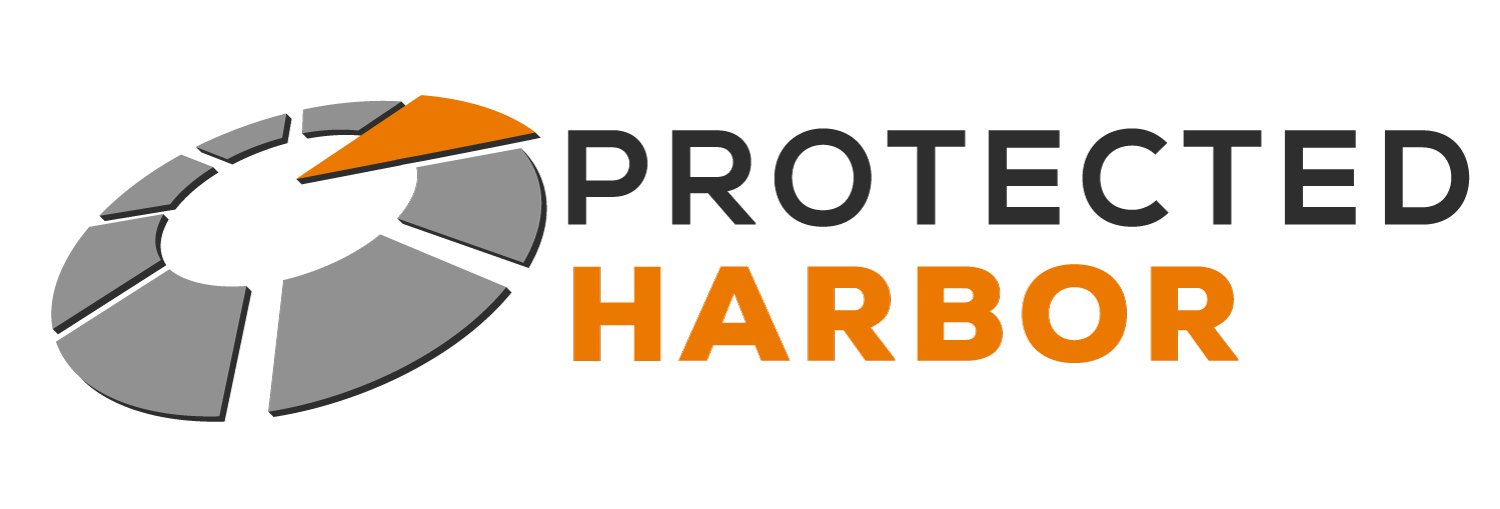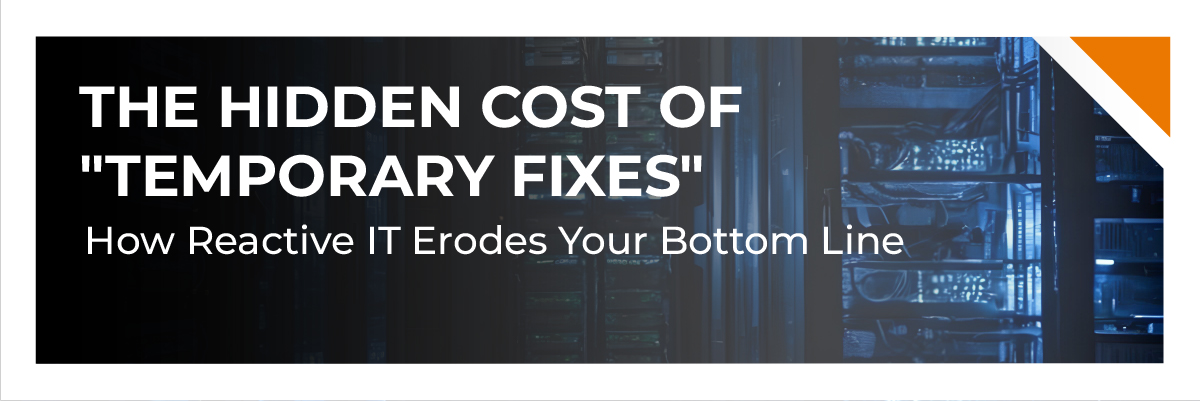The Hidden Cost of “Temporary Fixes”: How Reactive IT Erodes Your Bottom Line
That “quick fix” your team implemented six months ago is still in place, isn’t it? In the moment, it feels like a win. However, this cycle of reactive IT is a silent profit killer masquerading as a cost-saver. The data is clear: mid-market companies experience an average of 11 hours of unplanned downtime annually, with costs ranging from $25,000-$50,000 per hour for businesses (Datto). Companies waste 18-22% of their IT spend maintaining outdated systems that create more problems than they solve (Uptime Institute). This isn’t an IT problem; it’s a strategic business risk that directly attacks your profitability, compliance posture, and capacity for growth.
Let’s break down the hidden cost of “temporary fixes”:
1. The Illusion of Savings & The Reality of Wasted Spend
The Problem: You avoid the capital outlay of a new system, patching the old one instead. The upfront cost appears to be lower, so the finance sheet looks better this quarter.
The Business Impact: This is an illusion. You’re not saving money; you’re redirecting high-value labor into a digital black hole. Your team spends countless hours babysitting aging hardware – hours that should be spent on innovation that drives revenue. The wasted 20% of your IT budget could be funding the very projects that give you a competitive edge.
The Protected Harbor Difference: We believe in Total Cost of Ownership (TCO), not just sticker price. We provide strategic, long-term technology roadmaps that convert unpredictable emergency spend into predictable, budget-friendly operational expenses. We solve the root cause, so your capital is allocated to growth, not maintenance.







